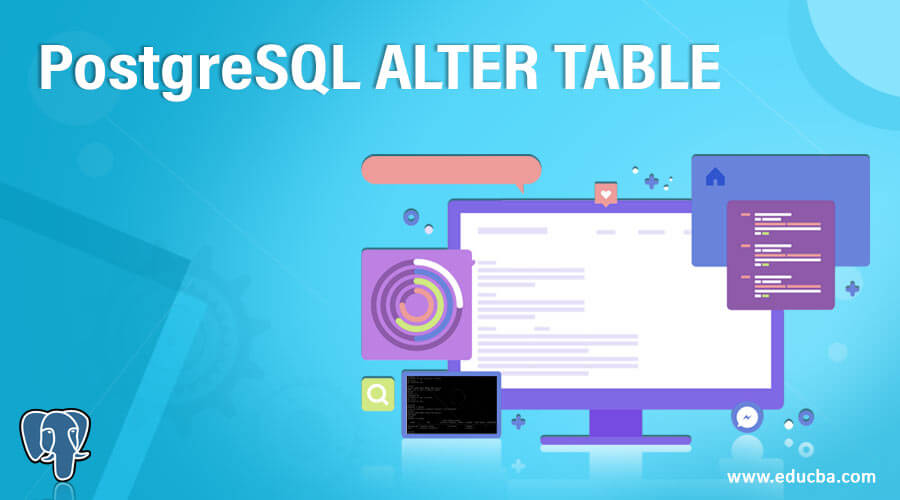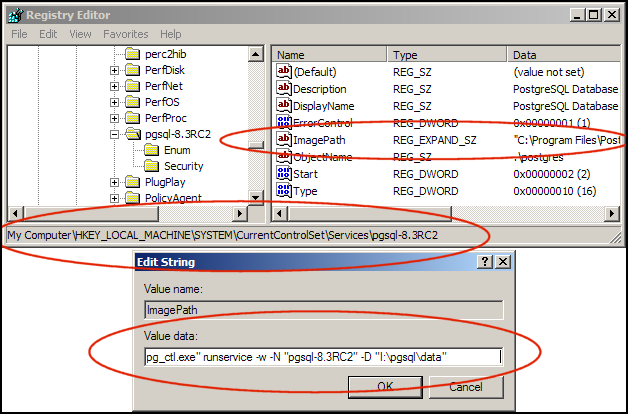

- #Postgresql alter table partition by range how to#
- #Postgresql alter table partition by range Patch#
Users information shows: Number of partitions: 2 (Use \d+ to list them.), so let's list them: "users_1_pkey" PRIMARY KEY, btree (id ) "users_1_username_key" UNIQUE CONSTRAINT, btree (username ) Partition OF: users FOR VALUES FROM ( 10 ) TO (UNBOUNDED )

TABLE "ers_1" COLUMN | TYPE | Collation | NULLABLE | DEFAULT -+-+-+-+. "users_0_pkey" PRIMARY KEY, btree (id ) "users_0_username_key" UNIQUE CONSTRAINT, btree (username ) Partition OF: users FOR VALUES FROM (UNBOUNDED ) TO ( 9 ) TABLE "ers_0" COLUMN | TYPE | Collation | NULLABLE | DEFAULT -+-+-+-+. Partition KEY: RANGE (id ) NUMBER OF partitions: 2 ( USE \d + TO list them. Last_logged_on | TIMESTAMP WITH TIME zone | | NOT NULL | Id | INTEGER | | NOT NULL | NEXTVAL ( 'users_id_seq'::regclass )Ĭreated_on | TIMESTAMP WITH TIME zone | | NOT NULL | TABLE "ers" COLUMN | TYPE | Collation | NULLABLE | DEFAULT -+-+-+-+. Specifically, the tables will have following schema: table stats, partitioned by list of values.table users, partitioned by range on id (serial).You have to create master table, mark it as partition master, and then you can add partitions. Maintenance (creation/dropping of partitions) still have to be handled manually, but it's a step in right direction.īased on description above, it looks like there are also some limitations, but let's see it step by step.įirst thing, it doesn't look like you can set a table, insert some data, and then turn it into partitioned. The thing that has changed, is that we no longer need partitioning triggers or rules.
#Postgresql alter table partition by range how to#
If you haven't – no big deal, but knowing how to do partitioning on versions below 10 will help you understand what really has changed. So, you might have read my previous blogpost about partitioning. Rushabh Lathia, Erik Rijkers, among others. Seems likely that many other useful optimizations are also possible.Īmit Langote, reviewed and tested by Robert Haas, Ashutosh Bapat,Īmit Kapila, Rajkumar Raghuwanshi, Corey Huinker, Jaime Casanova, The implicit partitioning constraints is an example of this, but it
#Postgresql alter table partition by range Patch#
The tuple routing based which this patch does based on Partitions, and therefore that this will serve as a better foundationįor a variety of possible optimizations, including query planner Is hoped that it will be easier to reason about properties of A partitioning "column" can be anīecause table partitioning is less general than table inheritance, it Partitioning is limited to a single column, but range partitioning can Tables, and it doesn't handle updates that cross partition boundaries.Ĭurrently, tables can be range-partitioned or list-partitioned.

Tuple routing isn't yet supported for partitions which are foreign Tuples inserted into the parent are automatically routed to theĬorrect partition, so tuple-routing ON INSERT triggers are not needed. PartitionsĬan't have extra columns and may not allow nulls unless the parentĭoes. Multiple inheritance is notĪllowed, and partitioning and inheritance can't be mixed. Partitions and contain all of the actual data. Sense for a relation with no data of its own. Not have indexes or non-inherited constraints, since those make no The parent is called a partitioned table and is always empty it may Table partitioning is like table inheritance and reuses much of theĮxisting infrastructure, but there are some important differences.


 0 kommentar(er)
0 kommentar(er)
